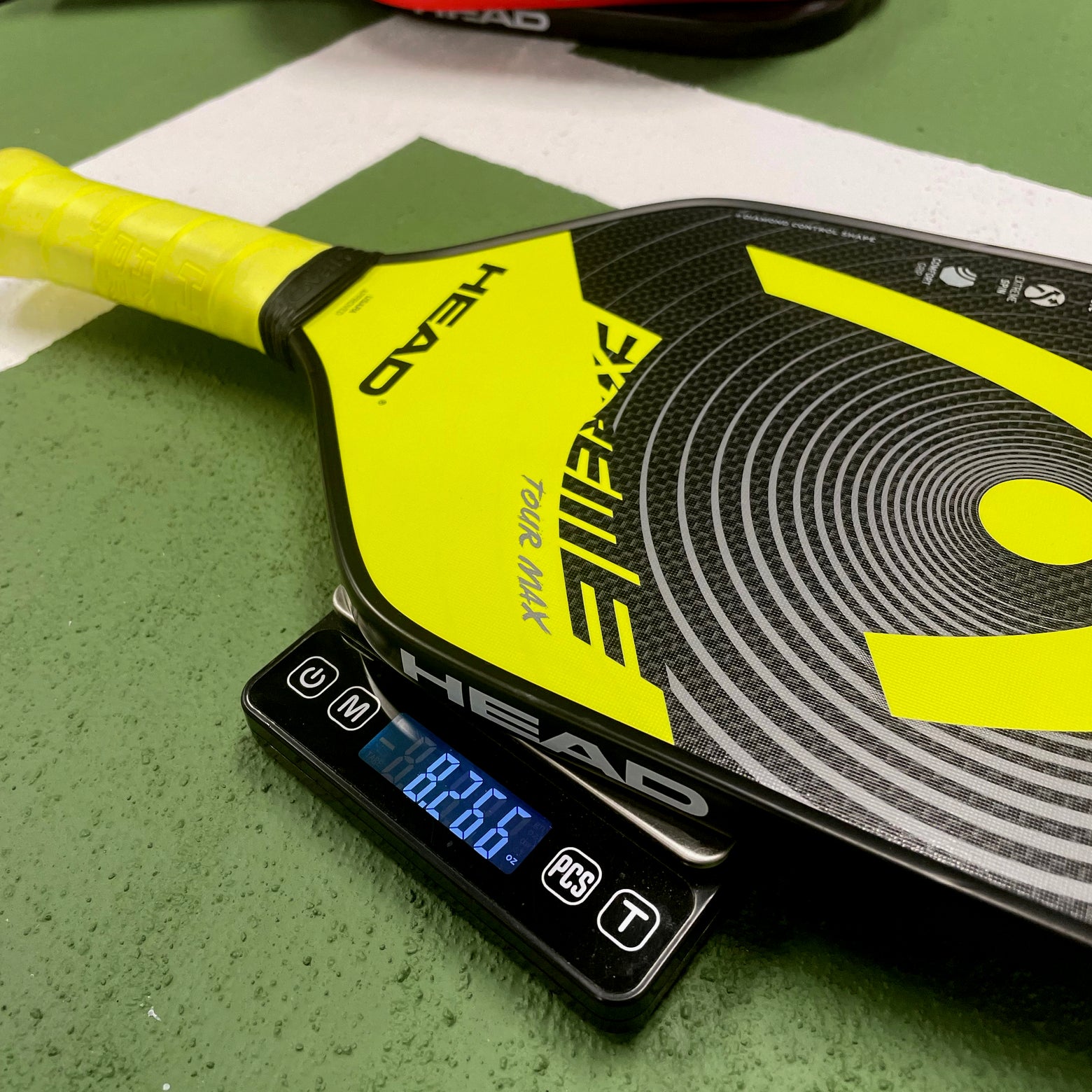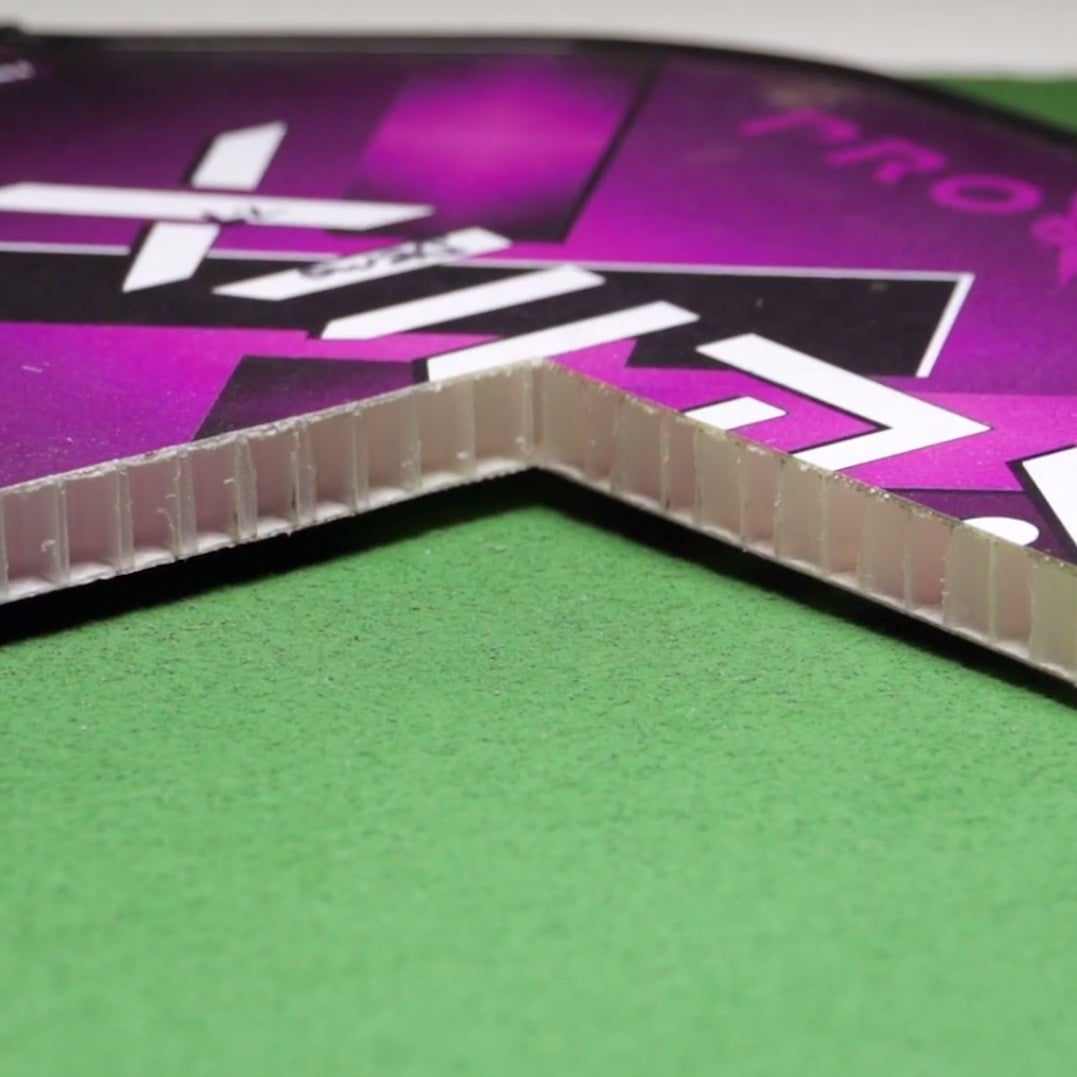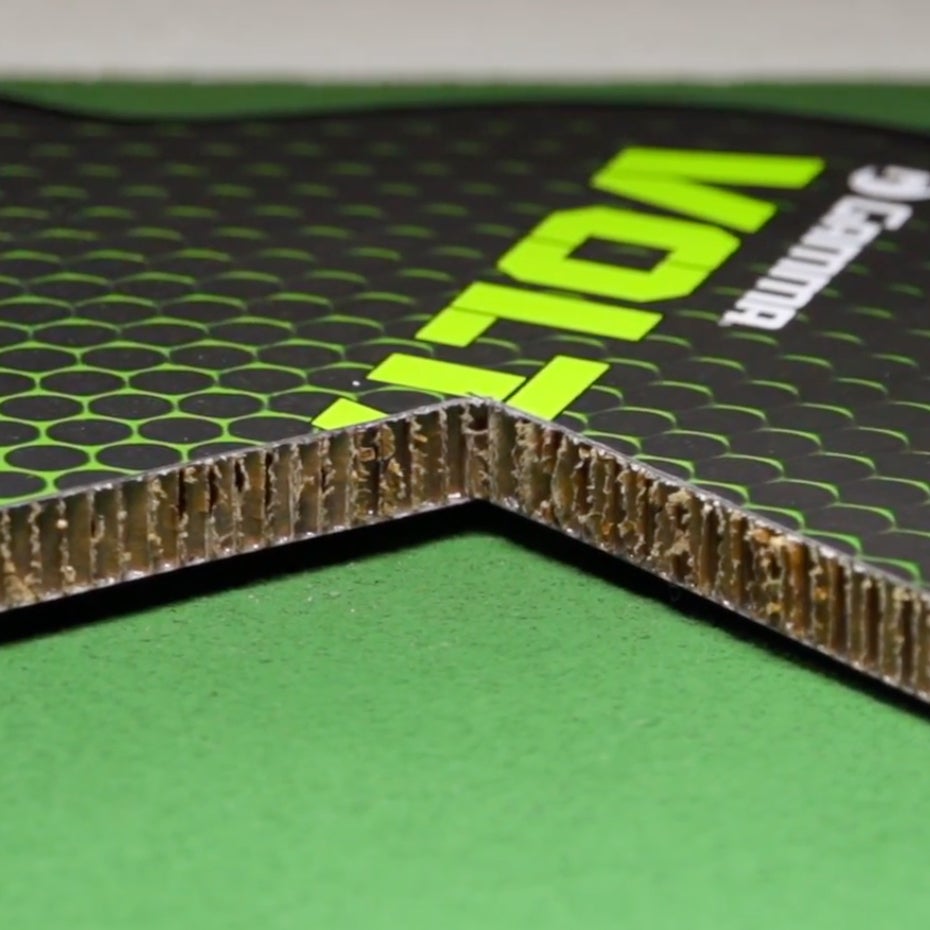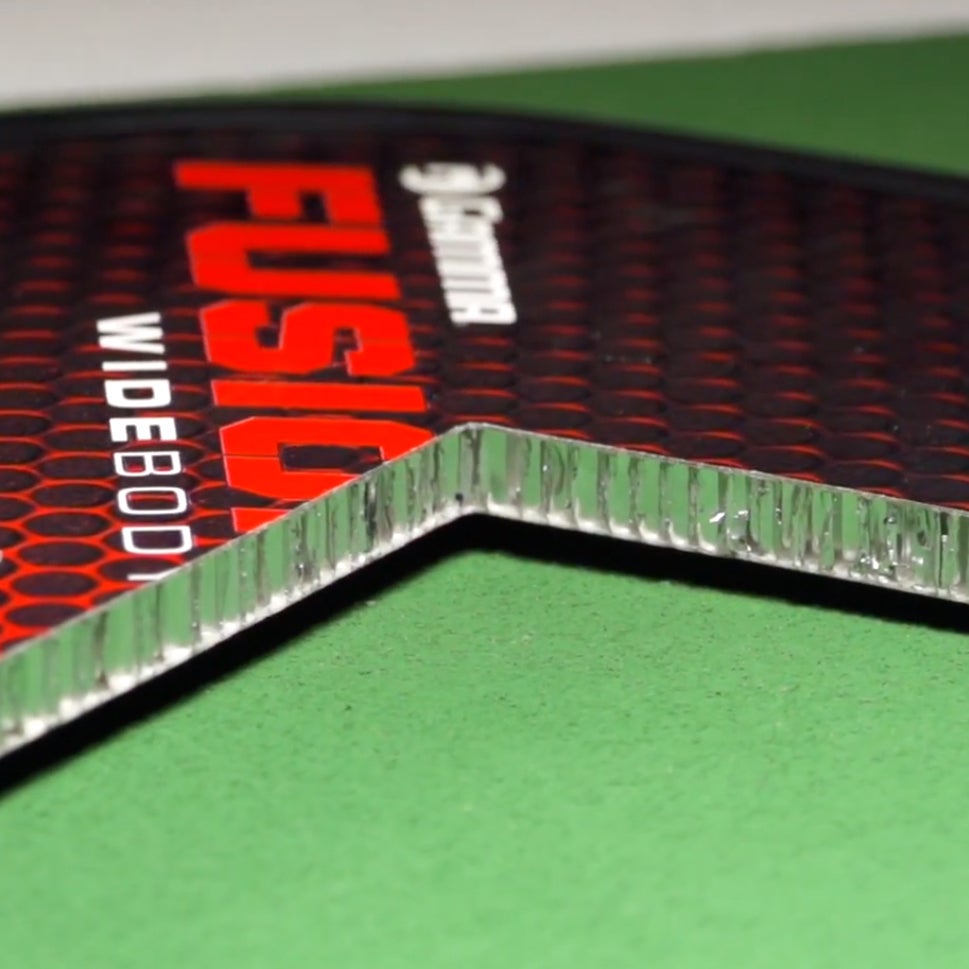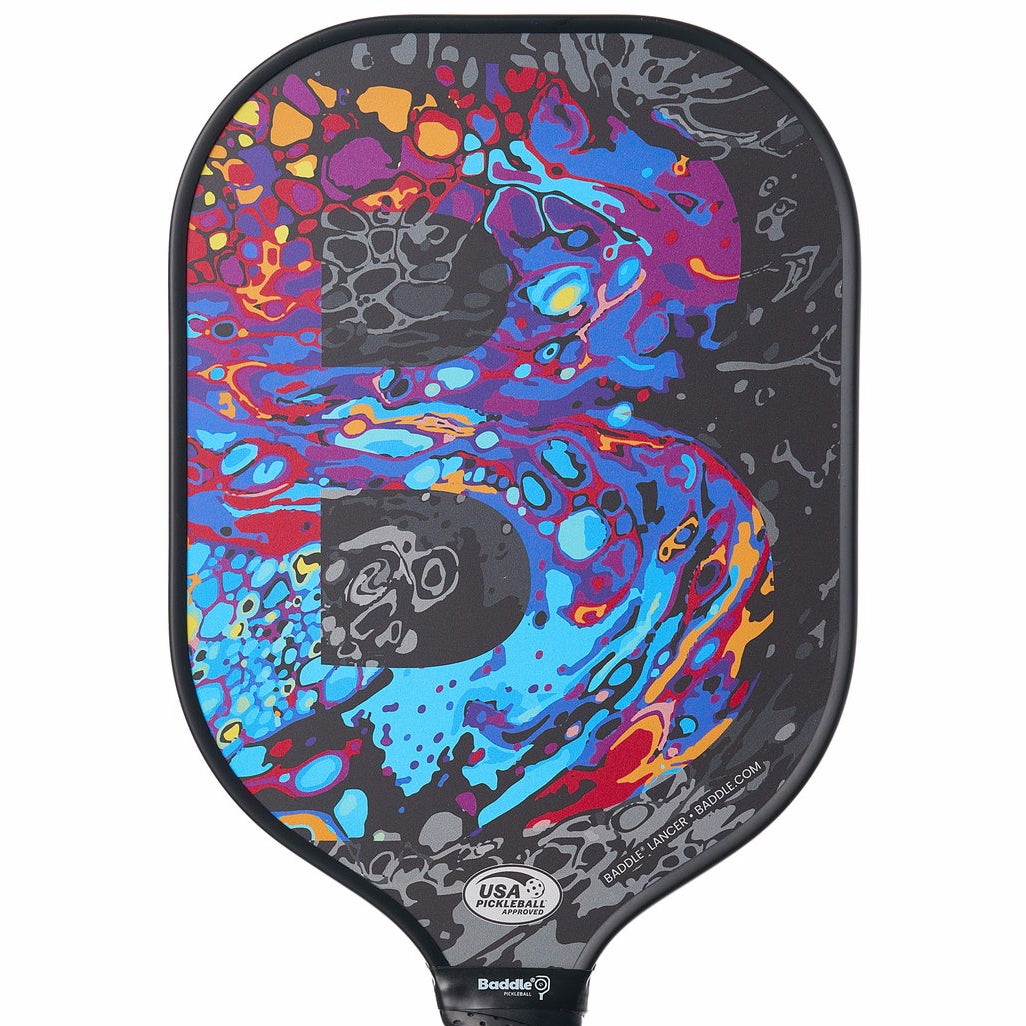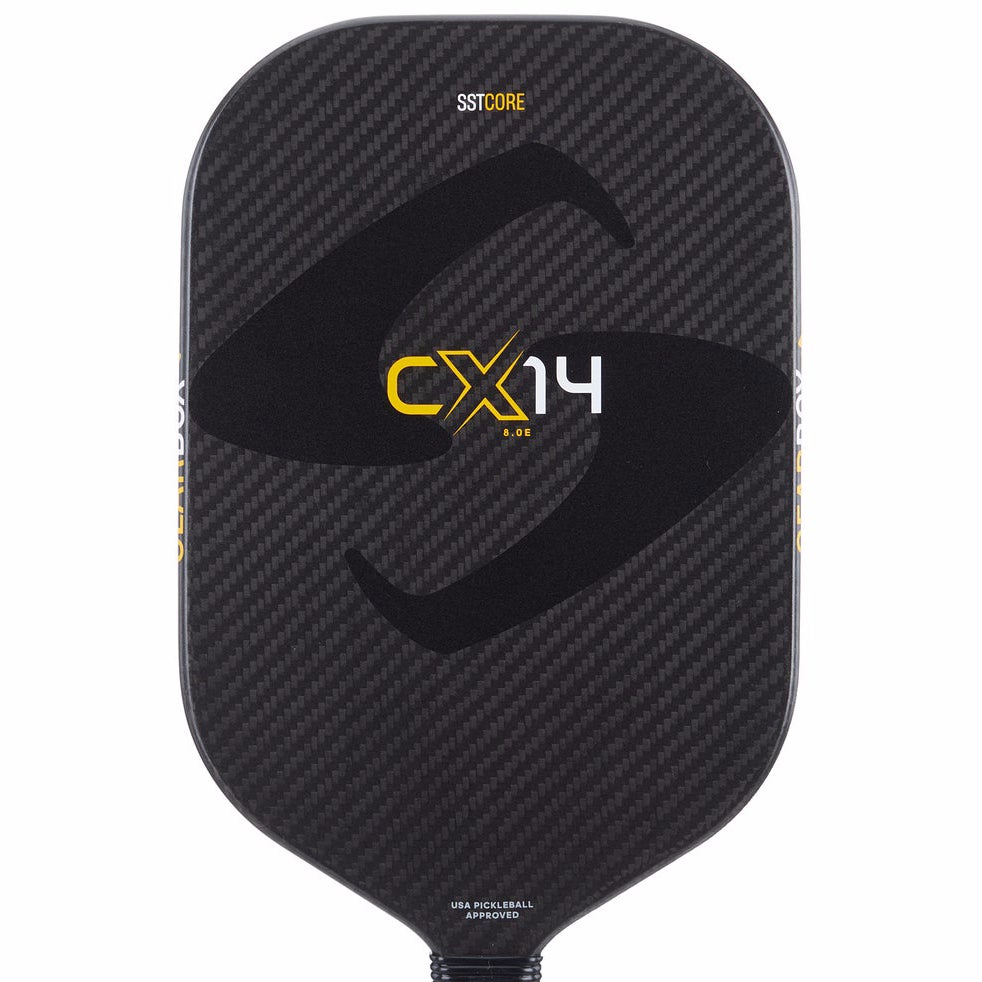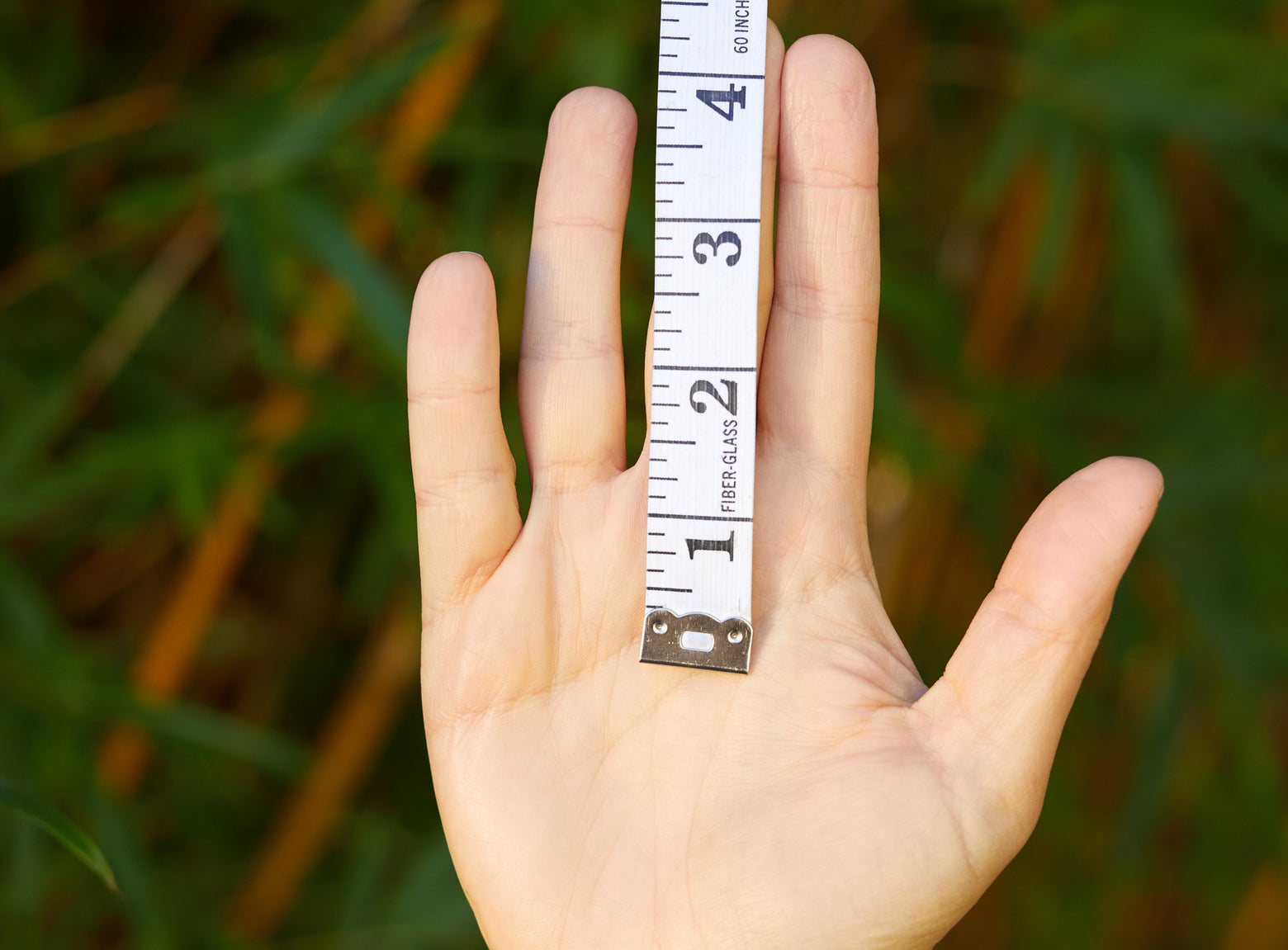How to Choose a Pickleball Paddle
Whether you're buying your first paddle or upgrading from your current one, with so many paddle options to consider, choosing the right one can seem daunting. To make this process easier, here's some valuable information on paddle characteristics and how they affect performance. (Updated November 2023)
Getting Started
To help narrow down the vast selection of pickleball paddles currently on the market, to the one(s) that will best complement your game, we'll discuss how various traits determine paddle performance. Primarily, the aspects that most noticeably affect paddle playability are weight, overall length and power. Grip diameter, paddle face width and handle length also play a secondary role in terms of paddle stability and agility.
See Our Favorite Pickleball Paddles: Best Pickleball Paddles
Pickleball Paddles Explained
| Paddle Term | Definition |
| Weight | The overall mass of the paddle |
| Paddle Length | Longer paddle means more power. Shorter paddle equates more maneuverability. |
| Paddle Core | The composition of the paddle core that's encased between both sides of the paddle surface |
| Paddle Surface | The two sides of the paddle face that make contact with the ball |
| Paddle Thickness | The thickness of the paddle's core and surface |
| Grip Size | The diameter of the grip |
| Handle Length | The measurement of the handle, from butt cap to the throat of a paddle |
Paddle Weight
The weight of a pickleball paddle is a primary source of overall paddle performance, affecting everything from power, control and comfort to maneuverability and stability. Paddles are typically categorized into one of three weight categories: Lightweight, Midweight or Heavyweight.
Lightweight Paddles: 7.4 ounces and under
Lightweight paddles offer less power sourced from weight, and therefore exhibit a high degree of maneuverability and control, but they can lack stability against off-center ball contact, and/or heavier struck shots. A main benefit of a lighter paddle is a speedy feel that caters to quick reaction times. Typically, players who are new to the sport of pickleball opt for a light paddle, and as they gain experience, eventually graduate to a heavier one.
Midweight Paddles: 7.5 - 8.3 ounces
Not including any other aspect of paddle performance, like length, a weight of around 7.5 - 8.3 ounces is considered middle ground for a paddle's weight. Any heavier and we can safely say you will begin to feel some heft. Paddles in this weight range provide the truest blend of power and control. In addition, paddles that weigh 7.5 ounces or more are far easier to change the direction of the ball with, afford better vibration control (more comfort) and are less prone to twist in your hand under the pressure of heavier struck shots.
Heavyweight Paddles: 8.4 ounces and over
The heavier the paddle, the more stable it will feel, and to a degree will be more comfortable as well. Shot depth and directional control of the ball are definitely hallmarks of heavier paddles. However, depending on the player, an 8.5-ounce paddle can feel unwieldy in terms of optimal speed and touch around the NVZ. In ideal sense a player is going to benefit from a paddle that is heavy enough to be stable, yet light enough to be maneuverable over the period of time they most often play (the Goldilocks effect!). We feel that many individuals who play singles prefer a slightly heavier paddle, and those who mostly play doubles get the best results with a lighter one.
Paddle Length
In addition to weight, the length of your paddle is another very noticeable aspect of paddle performance. Leverage equals power, so the longer your paddle, the more swinging power. Paddles longer than 16 inches tend to be narrower across the face of the paddle, which makes the paddle easier for players to roll their shots. Paddles that are 16 inches or shorter most often exhibit a slightly wider span across paddle face, which further improves stability and the size of the sweetspot, while maintaining a high degree of maneuverability.
Paddle Core
Polymer Core
Currently, polymer (polypropylene) honeycomb is the most common material used for the core of a pickleball paddle. Polymer provides a plusher feel than does Nomex and is versatile enough to complement both driving power along with great touch around the kitchen. The thicker the polymer core, the more control, and a thinner core profile delivers more power. Besides offering all-around playability, polymer cores are also quieter than aluminum and Nomex cores. If you aren't sure which to choose, we recommend picking a paddle with a polymer core for its versatility.
Nomex Core
Less common these days, Nomex honeycomb cores are not entirely retired. However, due to the decibel level this material produces at contact of the ball, Nomex is not as popular compared to a polymer core construction. Nomex cores are firmer and easily produce the most power but often at the expense of some valuable control.
Aluminum Core
Aluminum cores are lighter weight and lower powered compared to polymer or Nomex cores. These cores are not as noisy as Nomex, but auminum still produces more sound than a paddle made with polymer. Although not as common as polymer, many junior paddles are still made with an aluminum core because it is easier to keep paddle weight to a minimum utilizing this material.
Paddle Surface
Like two sides of a coin, a picklball paddle also features two sides of the paddle face. Covering both sides of a paddle (sometimes in layers), and designed to endure repeated impacts of the ball, the materials used can vary from paddle to paddle, and from one side to the other as well. The are a variety of materials used for a paddle's surface, and all of them affect feel, power, touch and spin. We will cover the most common face materials. Listed from most powerful face material to most control oriented: fiberglass, fiberglass composite, carbon composite and raw carbon.
Fiberglass Surface (Composite)
Fiberglass -- or a fiberglass composite surface is a high-quality option, commonly paired with lower priced paddles. In general a fiberglass (or fiberglass composite) paddle surface, adds power, is extremely durable, and reasonably spin friendly. Overall, these two surfaces are a little more lively than if carbon/ carbon composite is used for the face material. And to up the ante for easy access to spin, paddle manufacturers are now creating fiberglass surfaces that rival the degree of friction afforded with a raw carbon face.
Carbon Fiber Surface
Raw carbon for the paddle face is probably the most popular material used these days, especially in the premium paddle category. Known best for providing easy access to developing spin on the ball, a raw carbon surface is also proven to increase a paddle's level of precision, provide a soft feel and improve comfort. Power wise, raw carbon is less lively than fiberglass or fiberglass composites, but carbon mixed with fiberglass does dial up the surface power a little without sacrificing much spin potential.
Paddle (Core) Thickness
Often overlooked when choosing a paddle, core thicknesses also contributes to the Big 3: power, control and comfort. As of this writing paddle core profiles typically range from 11 to 20 millimeters. Knowing how core thickness impacts performance is important because many paddles are offered in more than one core width.

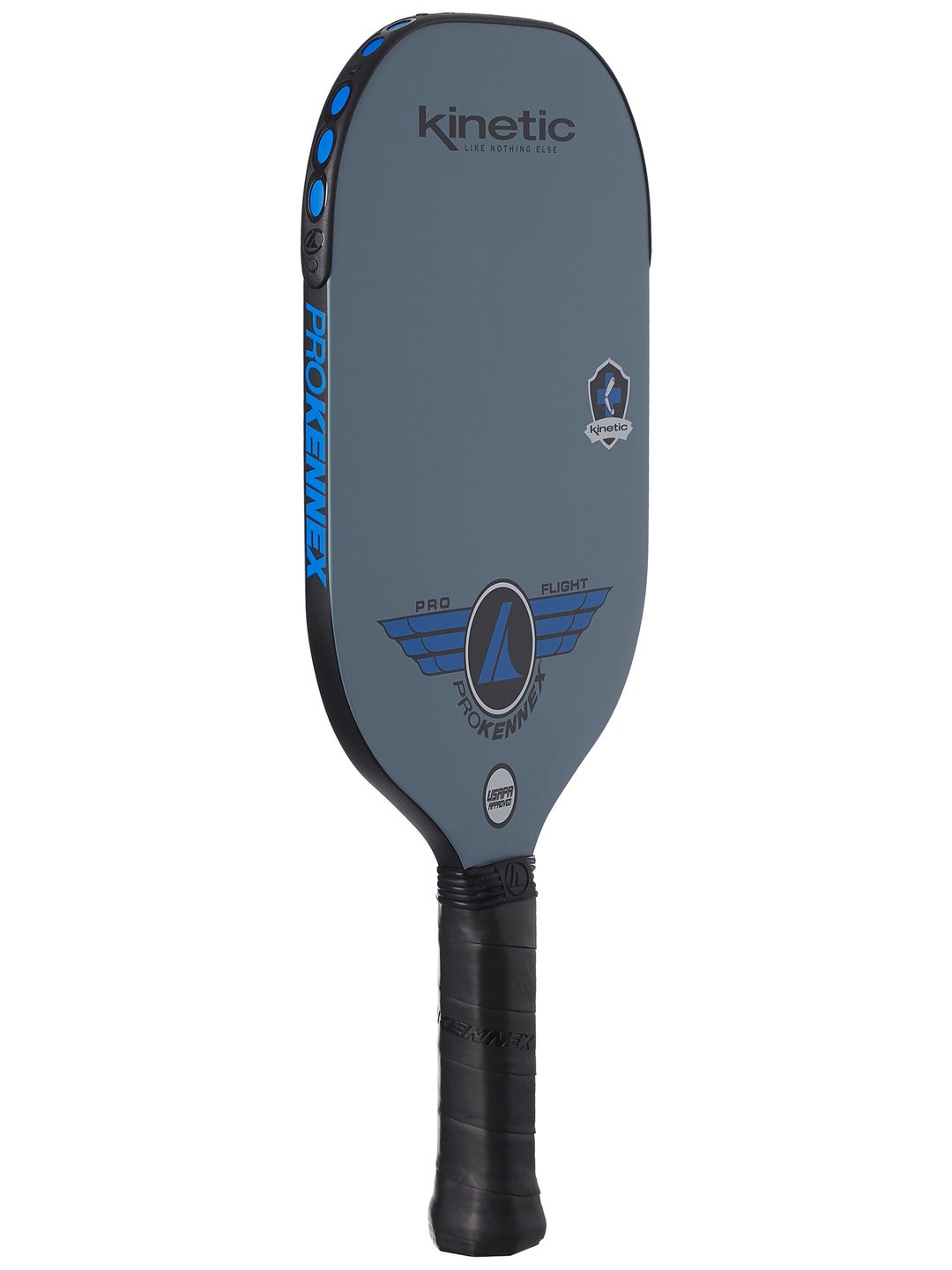
Thicker Paddles
If we are comparing the same core material, but in different core thicknesses, it is accurate to say that the thicker core will be lower powered (more control) compared to the same paddle with a thinner core. A thicker core width does a better job at dispersing vibration, which increases overall paddle comfort. Cores 15 mm and greater are considered to be on the thicker side. If unsure, we recommend going with a core thickness between 14 mm and 16 mm.
Thinner Paddles
On the contrary, it is fair to say that thinner cores will be higher powered (livelier). Thinner paddle cores (less than 14 millimeters) return more shot energy (power) back to the ball instead of being absorbed at impact. This equates to easier shot depth with less effort required to generate it. However, depending on the paddle's weight, thinner paddles typically produce more sound, can feel firm and feel as though the sweetspot is less substantial. Although paddle power is derived from several aspects, when players consider a paddle to have good "pop" that most often refers to a lively thinner core.
Grip Size
Grip size relates to the measured distance around the outside of the handle, usually before the base grip is applied. Choosing a suitable grip size is important because the size contributes to the level of stability and agility of a paddle. If the grip size is too small for your hand, the paddle will be more prone to feeling unstable and even twist in your hands at contact of the ball. On the contrary, if the grip is a little too big for you, a paddle can feel unwieldy and more difficult to impart one's wrist into your shots. Ultimately, the player will benefit from locating just the right grip size! If unsure, a safe choice is, a grip size ranging from 4 inches to 4 1/4 inches. Below is a guideline for choosing the right grip size:
How to measure your grip size
1. Holding an eastern forehand grip (as if you're dribbling a ball on the paddle's edge), you should be able to fit the index finger of your non-hitting hand in the space between your ring finger and palm. If there isn't enough room for your index finger, the grip is too small. If there is space between your finger and palm, the grip is too big.
2. You can also measure your grip size using a ruler. With your hand open and fingers extended close together, align the ruler with the bottom lateral crease of your palm and measure to the tip of your ring finger.
No way to measure? Here are our recommendations:
1. Smaller hands - Grip size 4 1/8 inches or smaller
2. Average hands - Grip size 4 1/8 - 4 3/8 inches
3. Large hands - Grip size 4 3/8 or larger
What if I'm in between sizes?
It's easier to increase handle size on most paddles. If you're between grip sizes, go with the smaller size and add an overgrip to arrive at the ideal fit. A typical overgrip will increase a grip by 1/16 inch.
We also recommend you replace your grip regularly. A fresh, properly wrapped grip provides you with better paddle control and increased confidence.
Handle Length
Handle length is the linear measurement from the bottom of a grip's butt cap to the point where the handle merges with the paddle face. Although players can grasp any length of handle, a handle length of 5.25 inches or longer provides enough real estate for one or two hands on the paddle.
